Name Frank Stanford Nationality American Role Poet | Period c. 1957-1978 Signature | |
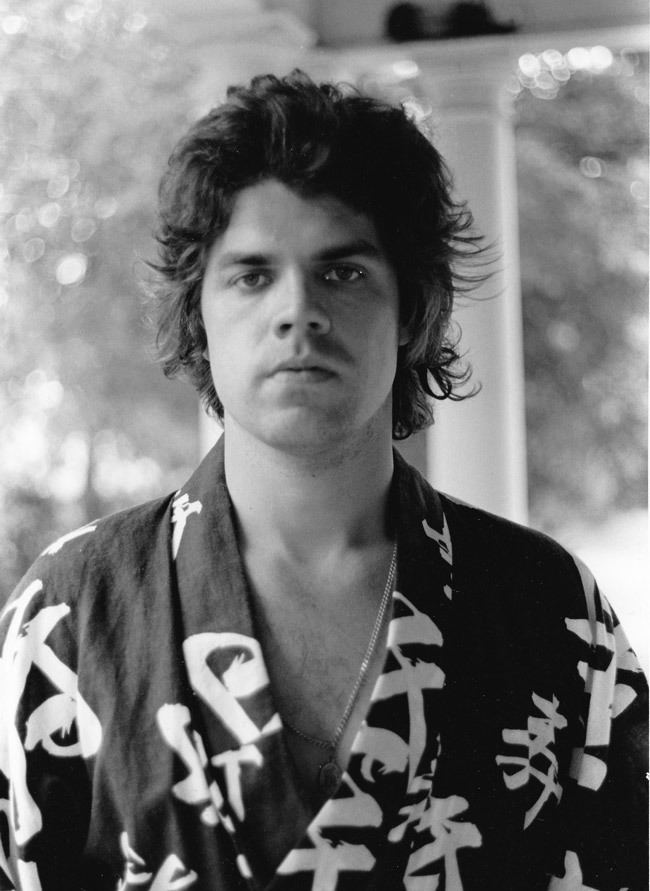 | ||
Born Francis Gildart SmithAugust 1, 1948Richton, Mississippi ( 1948-08-01 ) Subject Death, Injustice, The Moon Spouse Ginny Stanford (m. 1974–1978) Books The Battlefield Where Th, Hidden Water: From the, The Light the Dead See, The Singing Knives, What About This: Collected Similar People Leon Stokesbury, Walt Whitman, Emily Dickinson, William Blake | ||
Frank stanford death and the arkansas river
Frank Stanford (August 1, 1948 – June 3, 1978) was an American poet. He is most known for his epic, The Battlefield Where The Moon Says I Love You—a labyrinthine poem without stanzas or punctuation. In addition, Stanford published six shorter books of poetry throughout his 20s, and three posthumous collections of his writings (as well as a book of selected poems) have also been published.
Contents
- Frank stanford death and the arkansas river
- Greg brownderville reads frank stanford
- Early life and education
- 1969 1972
- 19731976
- 1977 1978
- Death
- Legacy
- Posthumous works
- Distribution
- Reception
- Cultural response
- Critical response
- References
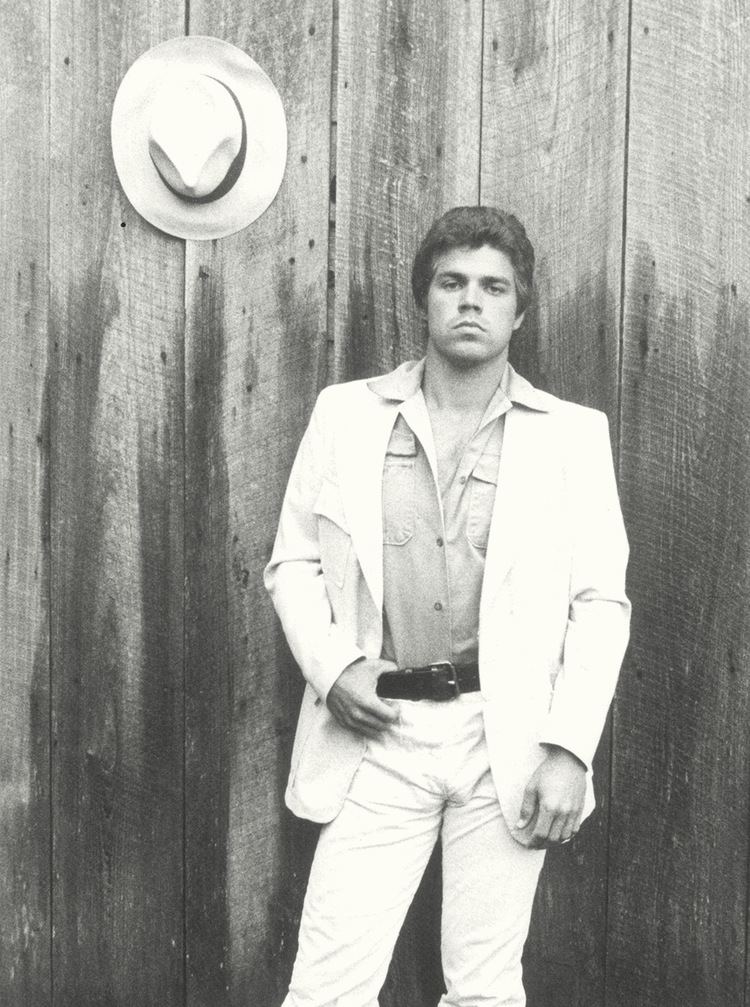
Greg brownderville reads frank stanford
Early life and education
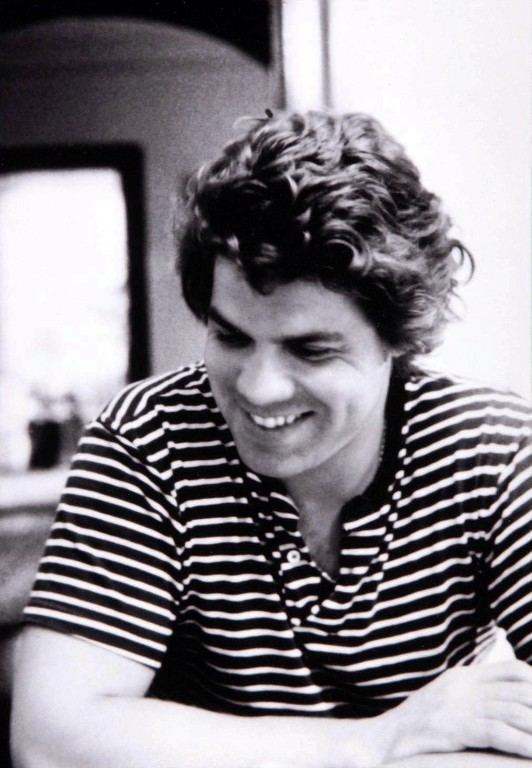
Frank Stanford was born Francis Gildart Smith on August 1, 1948 to widow Dorothy Margaret Smith at the Emery Memorial Home in Richton, Mississippi. He was soon adopted by a single divorcee named Dorothy Gilbert Alter (1911-2000), who was Firestone's first female manager. In 1952, Gilbert married successful Memphis levee engineer Albert Franklin Stanford (1884-1963), who subsequently also adopted “Frankie” and his younger, adoptive sister, “Ruthie” (Bettina Ruth). Stanford attended Sherwood Elementary School and Sherwood Junior High School in Memphis until 1961 when the family moved to Mountain Home, Arkansas following A. F. Stanford's retirement; Stanford finished junior high school in Mountain Home. The elder Stanford died after the poet's freshman year at Mountain Home High School.
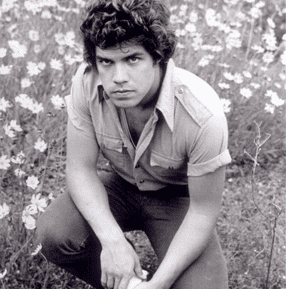
In 1964, as a junior, Stanford entered Subiaco Academy — a boys' prep school — near Paris, Arkansas in the Ouachita Mountains. After graduating in May 1966, he entered the University of Arkansas in Fayetteville in the fall, first studying business, but soon switching to the College of Arts and Sciences. In fall 1968, Stanford took a poetry class from instructor James Whitehead who — quickly impressed with Stanford's talent — let the undergraduate poet into the graduate poetry-writing workshop for the following semester, spring 1969. Stanford soon became known throughout the Fayetteville literary community and published poetry in the student literary magazine, Preview. However, he left the university in 1970, never earning a degree.
1969-1972
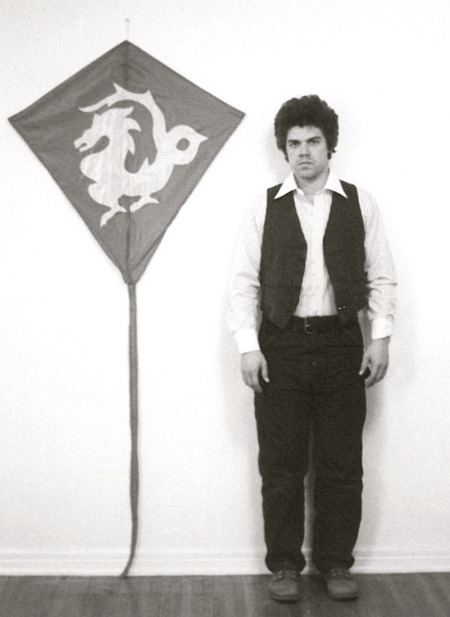
Over the next several years, Stanford kept writing, publishing in a wide range of literary journals and magazines around the world. In 1969, he met Linda Mencin, the daughter of a retired Naval Commander and World War II ace, through a mutual friend. The two soon moved into a house in Fayetteville's Mt. Sequoyah neighborhood together, Mencin working for the War on Poverty and Stanford writing poetry— often all day long. In Mt. Sequoyah, Stanford worked away on his magnum opus, The Battlefield Where The Moon Says I Love You — which he had likely begun as a teenager — handwriting the poem in pen on his and Mencin's dining room table. The full chronology of the creation of the poem is unclear, but consensus is that Stanford worked on the manuscript sporadically over many years until late 1974 or 1975, by which time the book was finished.
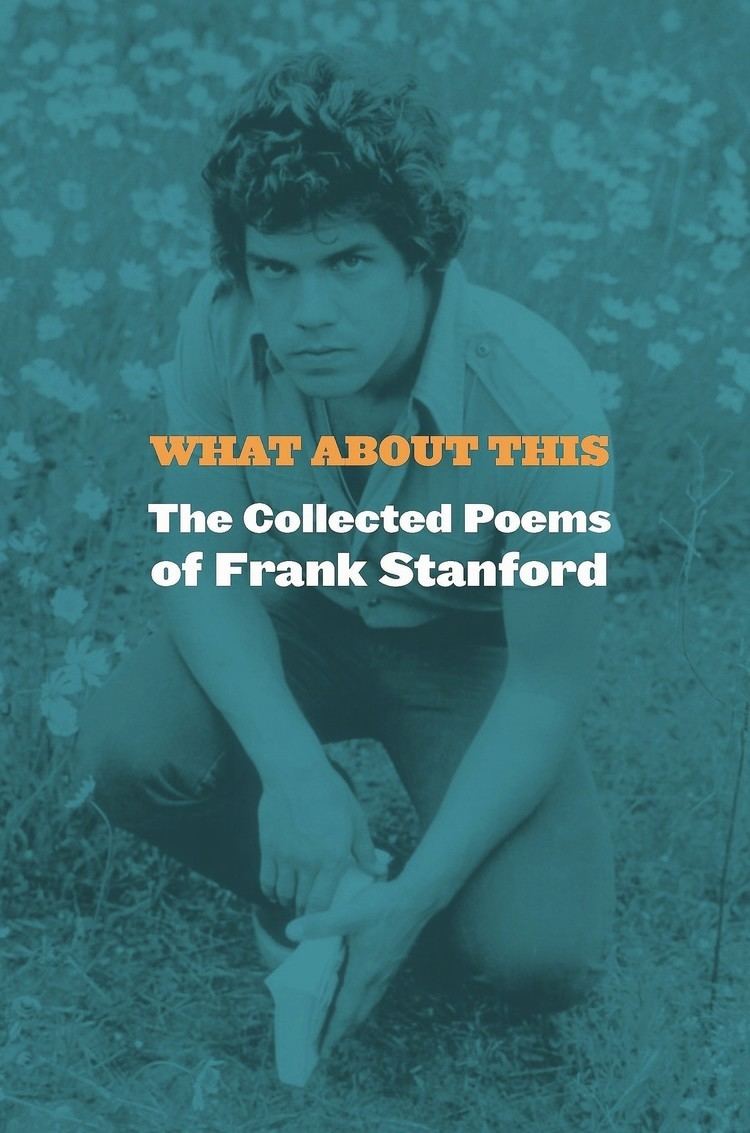
In June 1970, he met Irv Broughton, the editor and publisher of Mill Mountain Press, at the Hollins Conference on Creative Writing and Cinema. Broughton read Stanford's work at the conference and agreed to publish the poet's first book, The Singing Knives. Five of Stanford's poems appeared in The Mill Mountain Review later that year, and in 1971, The Singing Knives was published as a limited edition chapbook. That summer, Stanford and Mencin married, but, after having lived together for two years, Mencin left the poet after only three months of marriage.
Stanford spent much of 1972 traveling through the South and New England with Broughton, a communications teacher and filmmaker. Together, the two interviewed and filmed poets/writers Richard Eberhart, Malcolm Cowley, and John Crowe Ransom. (These interviews appear in The Writer’s Mind: Interviews With American Authors, a three-volume set.) Broughton tutored Stanford in the technical aspects of camera work, and the poet developed an interest in filmmaking. Moreover, he briefly lived in New York City, if perhaps for merely a few weeks, but only, he would later write, "to go to the movies." Returning to Arkansas from New York, he moved to the old spa town of Eureka Springs and took a room in the New Orleans Hotel.
1973–1976
At the New Orleans Hotel, Stanford continued work on The Battlefield Where The Moon Says I Love You. In March 1973 in Neosho, Missouri, on a weekend away from Eureka Springs, Stanford met painter Ginny Crouch and they soon began living together, settling first in a cabin (and then a house) on the White River near Eureka Springs and later in a house near Rogers, Arkansas on Beaver Lake, merely a few miles from Mencin's parents. Stanford and Crouch married in October 1974 while living on Beaver Lake.
For several years – beginning as early as 1970 – Stanford meagerly supported himself (and his second wife) by working as an unlicensed land surveyor. The profession permeated his poetry in numerous instances, perhaps most notably in the poem "Lament Of The Land Surveyor". Broughton and Stanford made a 25-minute documentary about Stanford's work and life — filmed in Arkansas, Mississippi and Missouri, discussing the land surveyor's experiences, and interviewing friends on whom Stanford's literary characters were sometimes based — titled, It Wasn't A Dream, It Was A Flood, which won one of the Judge's Awards at the 1975 Northwest Film & Video Festival.
Based in Washington, Broughton received manuscripts from Stanford, sometimes transcribing additional poems via telephone from him in Arkansas, Missouri, and the East Coast. Following the publication of The Singing Knives, Broughton's Mill Mountain Press published five more of Stanford's chapbook-length manuscripts between 1974 and 1976. Ladies From Hell appeared in 1974, followed by Field Talk, Shade, and Arkansas Bench Stone in 1975; all four books included drawings by Ginny Stanford. Perhaps the strongest of the chapbooks, Constant Stranger, was released the following year.
Returning to Fayetteville in 1975, Stanford reestablished relationships with local area writers and met poet C. D. Wright, a graduate student in the MFA program at the University of Arkansas. The two poets began an affair which would last the rest of Stanford's life. In 1976, Stanford rented a house in Fayetteville on Jackson Drive with Wright and established the independent publishing operation Lost Roads Publishers to publish the work of talented poets without ready access to publishing; he said that his purpose with the press was to "reclaim the landscape of American poetry." That fall, the Stanfords moved from Beaver Lake to the Crouch family's farm in southwest Missouri, Stanford continuing his double life between his wife in Missouri and Wright in Fayetteville.
1977-1978
In 1977, Stanford's Fayetteville, Arkansas based Lost Roads Publishing Company released its first title, Wright’s Room Rented By A Single Woman, and more titles soon followed. The press would issue twelve books under Stanford's direction. Early in the year, in an article on Arkansas arts in The New York Times, Stanford's teacher, Jim Whitehead, referred to Stanford as "the most exciting young Arkansas poet he knows."
The Battlefield Where The Moon Says I Love You
The year 1977 also saw the publication of Stanford's most substantial and influential book, The Battlefield Where The Moon Says I Love You. A joint publication by Mill Mountain Press and Lost Roads (taking up numbers 7-12 in the Lost Roads catalog), the published version of the epic (which had, at one point, according to Stanford, reached over 1,000 pages and 40,000 lines) settled at 542 pages (383 pages in the second, 2000, edition) and 15,283 lines. Friends and poets — some prominent — had read parts or all of the manuscript, at least in earlier forms, years before its publication. In an April 1974 letter, Stanford comments that poet Alan Dugan had written to him with the response, "This is better than good, it is great ... one day it will explode." The poem, perhaps surprisingly, has yet to "explode," but has achieved almost mythic status.
Final months and days
By 1978, Stanford was heavily occupied with Lost Roads' publishing endeavors. Father Nicholas Fuhrmann, Stanford's former English teacher and longtime friend, has noted that Stanford was, during this period, visiting his mother (who lived in Subiaco) more often than had seemed usual. Stanford spent his last two and a half weeks in New Orleans before returning to Fayetteville on June 3. In New Orleans, he wrote a suicide note, which included a will. On June 3, Stanford's friend, Sherman Morgan, met him at Fayetteville's Drake Field and drove him from the airport to his home at 705 Jackson Drive.
Death
On the Saturday evening of June 3, 1978, Stanford committed suicide in his home in Fayetteville. Stanford had obtained a handgun from a drawer in the Fayetteville office of a land surveyor, Don Kemp, where he worked and held keys. In her essay, "Death In The Cool Evening," widow Ginny Stanford notes that, having discovered her husband's infidelity, they argued about the matter; subsequently, Stanford retreated to his bedroom, and moments later, gunshots were heard: on the morning of June 5, Deputy Coroner Hugh Huppert ruled the death a suicide, declaring that Stanford had thrice shot himself in the heart with a .22-caliber target pistol. Both Ginny Stanford and C. D. Wright were in the house at the time of his death. Stanford's funeral was held on Tuesday, June 6 at Subiaco Abbey Church; he was buried in St. Benedict's Cemetery at Subiaco beneath a stand of yellow pines, five miles (eight km) from the Arkansas River.
Aside from conceivable shame, other potentially oppressive factors may have motivated Stanford's suicide. For instance, some of his peers and others have suggested that he may have intended to die before the age of 30. Furthermore, Father Fuhrmann, who had met with Stanford shortly before his death, feels that the poet had "a lot on his mind," and Wright and Ginny Stanford reported that he was depressed and withdrawn on the day of his suicide. Stanford had also spent time at the Arkansas State Hospital (the state psychiatric hospital) in Little Rock, Arkansas in 1972 and may have had prior suicide attempts.
Legacy
Frank Stanford's legacy is one shrouded in (and perhaps tainted by) legend, mystification, and inaccuracies. Stanford frequently embellished his letters and personal anecdotes, and numerous misprints rampant throughout published articles and essays have confused even the most elemental details, hindering potential for critical scholarship. For example, a 2002 misprint in Poets & Writers credits Stanford, not Broughton, as the founder of Mill Mountain Press. Even Stanford's very books have printed biographical and bibliographical errors; for instance, the biographical note for the posthumously published book, Crib Death, states that Stanford was "born in 1949 in Greenville, Mississippi," when in fact he was born in 1948 in Richton, Mississippi, some 240 miles (390 km) away, and the table of contents for The Light The Dead See: Selected Poems of Frank Stanford lists The Singing Knives as having been published in 1972 and Crib Death as having been published in 1979, when in fact they were published in 1971 and 1978, respectively. It should be noted, though, that many inaccuracies surrounding Stanford's legacy are result of Stanford's own self-mythology, his own fabrications.
Perhaps the most perceptive essay on Frank Stanford was published in 2008 by Ben Ehrenreich on Poetry magazine's website and was reposted in 2015 on the occasion of the publication of What About This: Collected Poems of Frank Stanford (Copper Canyon Press, 2015)
Posthumous works
Ironwood Press published Stanford's chapbook, Crib Death, in 1978, shortly after his death. Lost Roads, editorship succeeded by C. D. Wright, published a posthumous chapbook of yet more of Stanford's poems, titled You (as well as a limited edition reprint of The Singing Knives), in 1979. In 1990, the press released a collection of Stanford's short fiction, titled Conditions Uncertain And Likely To Pass Away. A slim volume of selected poems, The Light The Dead See: Selected Poems of Frank Stanford, was published the following year by the University of Arkansas Press. Furthermore, much of Stanford's work is as yet unpublished, including the manuscripts: Flour The Dead Man Brings To The Wedding and The Last Panther In The Ozarks (which combine to make one manuscript), Automatic Co-Pilot, Plain Songs (after Jean Follain), and Wounds, among others. In April 2015, Copper Canyon Press released a new collection of Stanford's poems, entitled What about This: Collected Poems of Frank Stanford, half of which includes previously published work, as well as previously unpublished manuscripts, facsimiles and drafts of Stanford's work, as well as excerpts (and outtakes) from his 15,283-line poem The Battlefield Where the Moon Says I Love You. Third Man Books released Hidden Water: From the Frank Stanford Archives in July 2015, describing it as "a collection of unpublished poems, drafts, never before seen photos, NEVER BEFORE HEARD AUDIO, and correspondences between Stanford, Allen Ginsberg, Pulitzer Prize winning poet Alan Dugan, and more" in their catalog.
Distribution
Stanford's small press publishers to date — Mill Mountain, Ironwood, and Lost Roads — have faced variable limitations with respect to production and distribution, most of Stanford's titles having been released as limited edition chapbooks, long since out of print. In October 2000, Lost Roads republished The Battlefield Where The Moon Says I Love You in a corrected edition with numbered lines, and the press reprinted the book again in 2008. In February 2008, Lost Roads reissued The Singing Knives and You. 2015 saw the publication of two collections which have finally made Stanford's work widely available. What About This: Collected Poems of Frank Stanford from Copper Canyon Press was a National Book Critics Circle Award Finalist. Hidden Water: From the Frank Stanford Archives is "a collection of unpublished poems, drafts, never before seen photos, never before heard audio, and correspondences between Stanford, Allen Ginsberg, Pulitzer Prize winning poet Alan Dugan, and more."
Reception
Frank Stanford's poems — tall tales of wild embellishment with recurring characters in an imaginary landscape, drawn from his childhood in the Mississippi Delta and the Ozark mountains — are immediately recognizable, and his oeuvre continues to be influential and well received.
Cultural response
In the 1990s, Ginny Stanford and C. D. Wright published accounts of their respective relationships to Stanford, both during his life and afterward. Ginny Stanford published two essays: “Requiem: A Fragment,” in The New Orleans Review in 1994, and its companion piece of sorts, "Death In The Cool Evening," a Frank Stanford feature in The Portable Plateau in 1997. Photos of Frank Stanford by the widow accompanied her essays in both publications. Also in 1997, Conjunctions published C. D. Wright’s essay, “Frank Stanford, Of The Mulberry Family: An Arkansas Epilogue.”
Stanford has also been written about in at least two novels — Steve Stern's The Moon & Ruben Shein and Forrest Gander's As A Friend — and two folk songs — the Indigo Girls' "Three Hits" and Lucinda Williams' "Pineola;" the latter is a eulogy of sorts for Stanford, who was a family friend of the Williamses.
Stanford's impact on poetry was profound and lasting, and celebrations of his work frequently take place. A July 1997 tribute to Stanford in Fayetteville featured readings of Stanford's poetry and a screening of It Wasn't A Dream, It Was A Flood. All-night readings of The Battlefield Where The Moon Says I Love You have also occasionally occurred, such as one organized by Brown University students in 1990 and another at New York's Bowery Poetry Club in April 2003. An October 2008 Frank Stanford Literary Festival in Fayetteville featured panel discussions of Stanford's work, a screening of It Wasn't A Dream, It Was A Flood, and an all-night reading of The Battlefield Where The Moon Says I Love You.
"The Light the Dead See" became a Poetry Out Loud selection in 2009.
In 2011, "Another Part of the Flood: Poems, Stories, and Correspondence of Frank Stanford," a special feature of Stanford’s unpublished poems, fiction, and correspondence, appeared in Fulcrum #7.
Critical response
Despite continued interest in Stanford's work, his legacy has been largely overlooked in the canonization process of poetry anthologies and university literature courses. He is one of the least known of the significant voices of latter 20th century American poetry, despite being widely published in many prominent magazines, including The American Poetry Review, Chicago Review, FIELD, The Iowa Review, Ironwood, kayak, The Massachusetts Review, The Mill Mountain Review, The Nation, New American Review, The New York Quarterly, Poetry Now, and Prairie Schooner.
However, Stanford's work has received significant critical praise. Alan Dugan — Pulitzer Prize winner and National Book Award recipient — called Stanford “a brilliant poet, ample in his work,” comparing him to Walt Whitman. Poet Franz Wright called him "one of the great voices of death." Poet Lorenzo Thomas called him "amazing ... a swamprat Rimbaud, poet James Wright referred to him as a "superbly accomplished and moving poet," and poet Richard Eberhart praised the "strange grace of language in the poet’s remarkable, unforgettable body of work." Leon Stokesbury introduces The Light The Dead See by claiming that Stanford was, "at the time of his death, the best poet in America under the age of thirty-five." Other contemporaries remarked his “perfectly tuned” ears, the “remarkable acuity” of his “clear-cut imagery and spring-tight lines,” and his “remarkable talent” as a “testimony to [his] place in American letters.”
In his introduction to What about This: Collected Poems of Frank Stanford (Copper Canyon Press, 2015), the poet Dean Young described Stanford's poetry as, "something authentically raw, even brutal, which seems both very old and utterly new, its vitality coming from roots that sink deep into the primitive well-springs of art and the mud of the human heart and mind." In a 2015 review for the New York Times, Dwight Garner says "Since Mr. Stanford's death, his cult has grown, but it's never come close to metastasizing. In large part, that's because his work has been hard to find, issued by tiny presses and often out of print. The long-awaited publication this month of What About This: The Collected Poems of Frank Stanford gives us a chance to see him whole. It introduces to a broader audience an important and original American poet."
